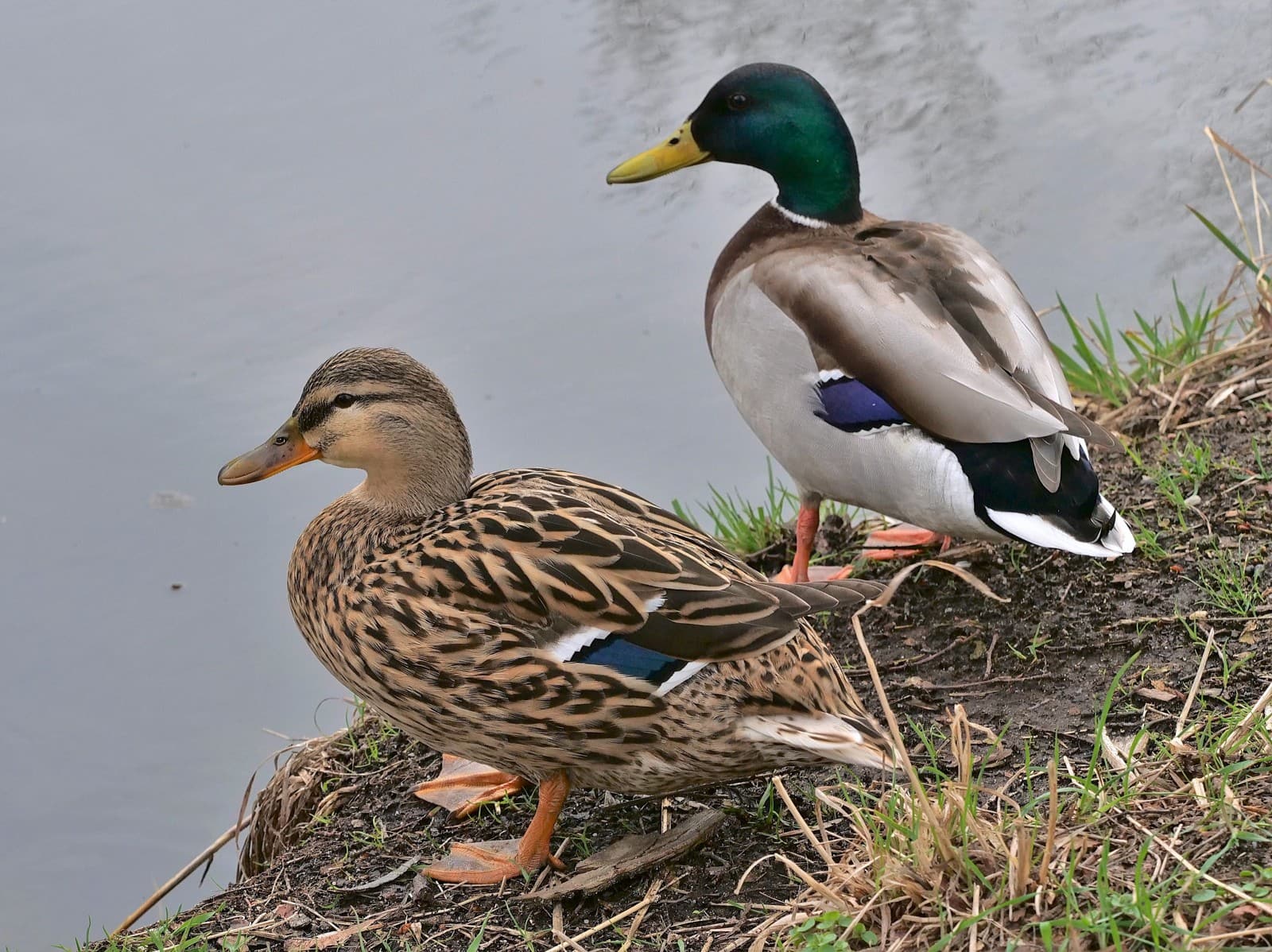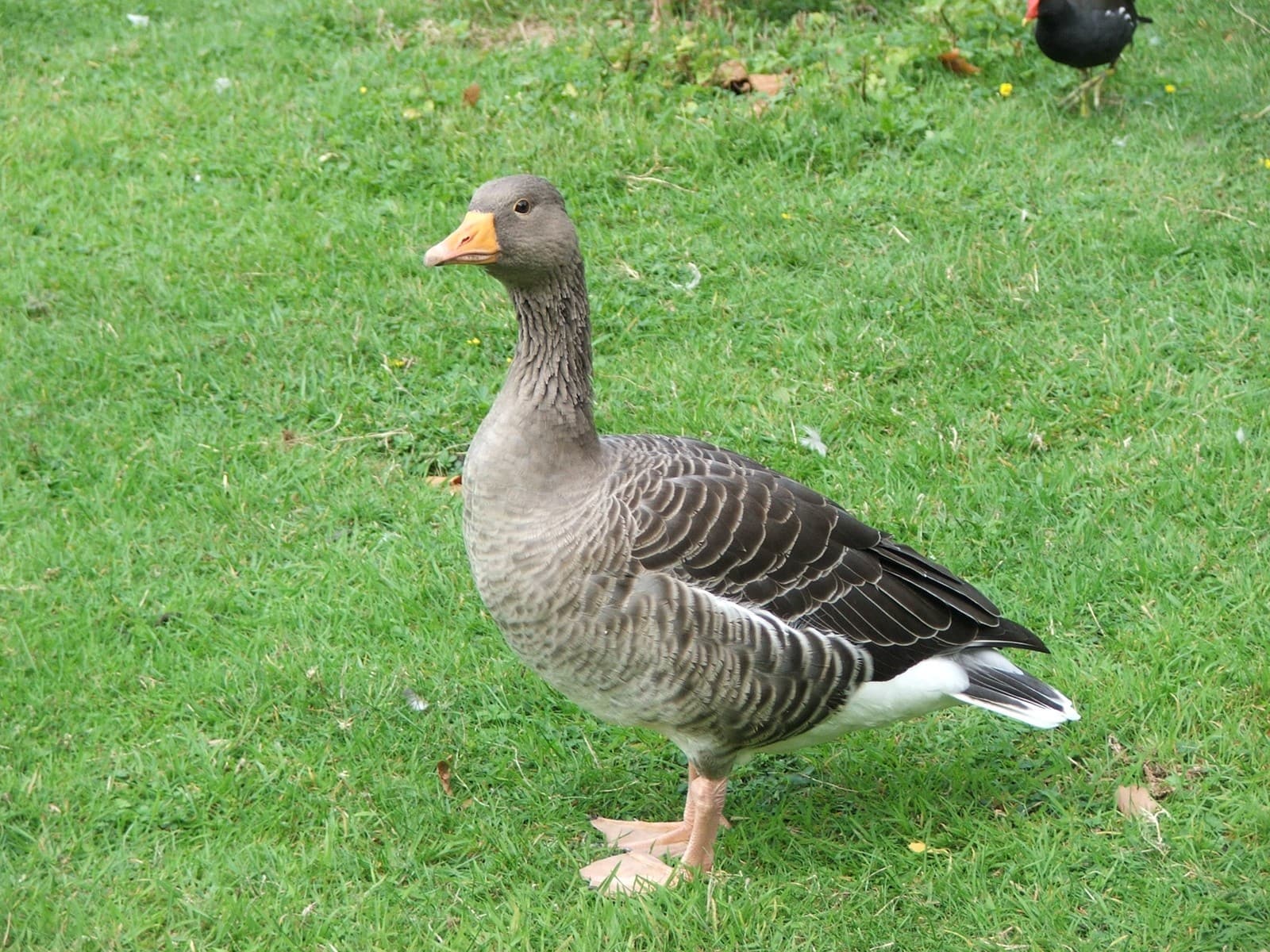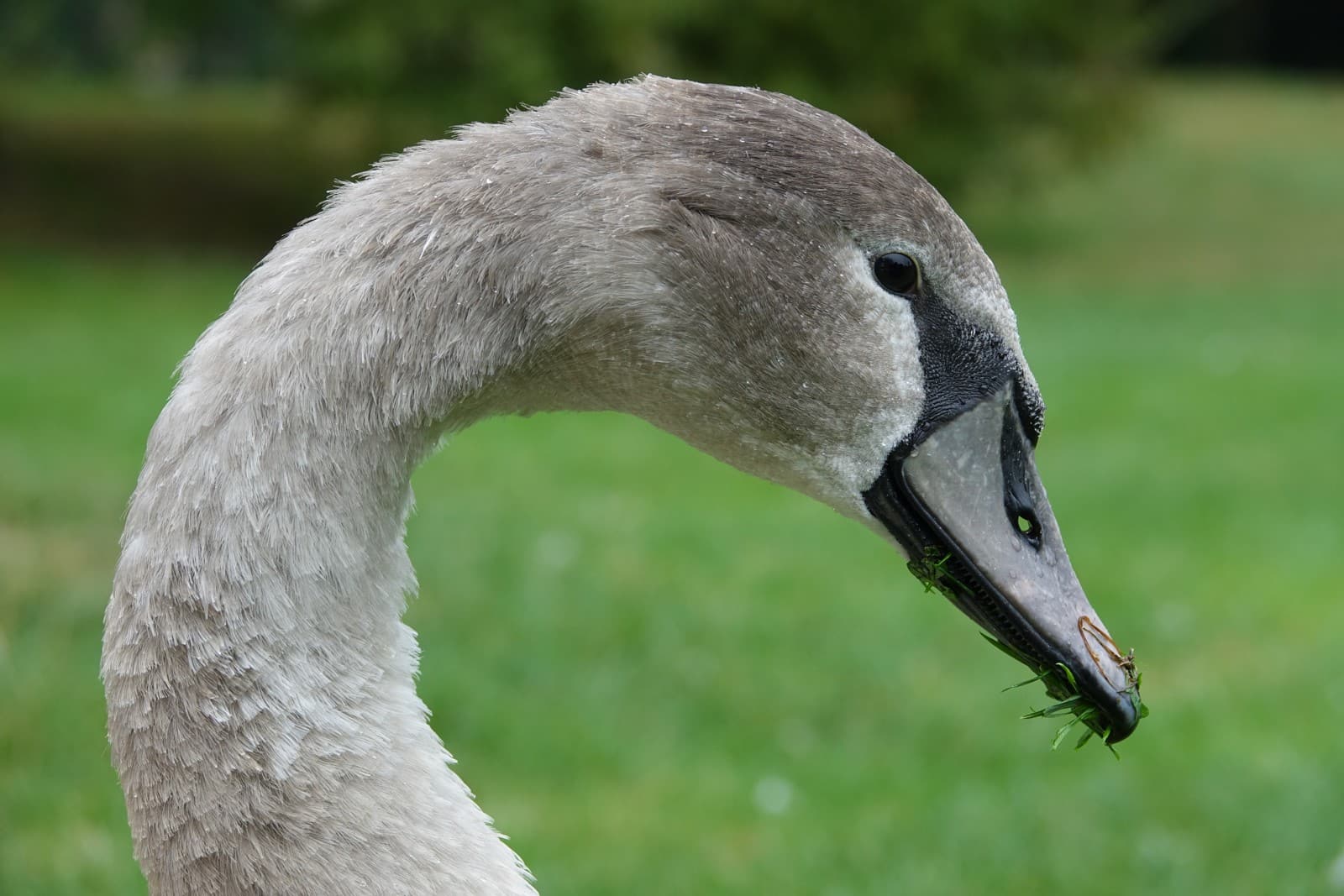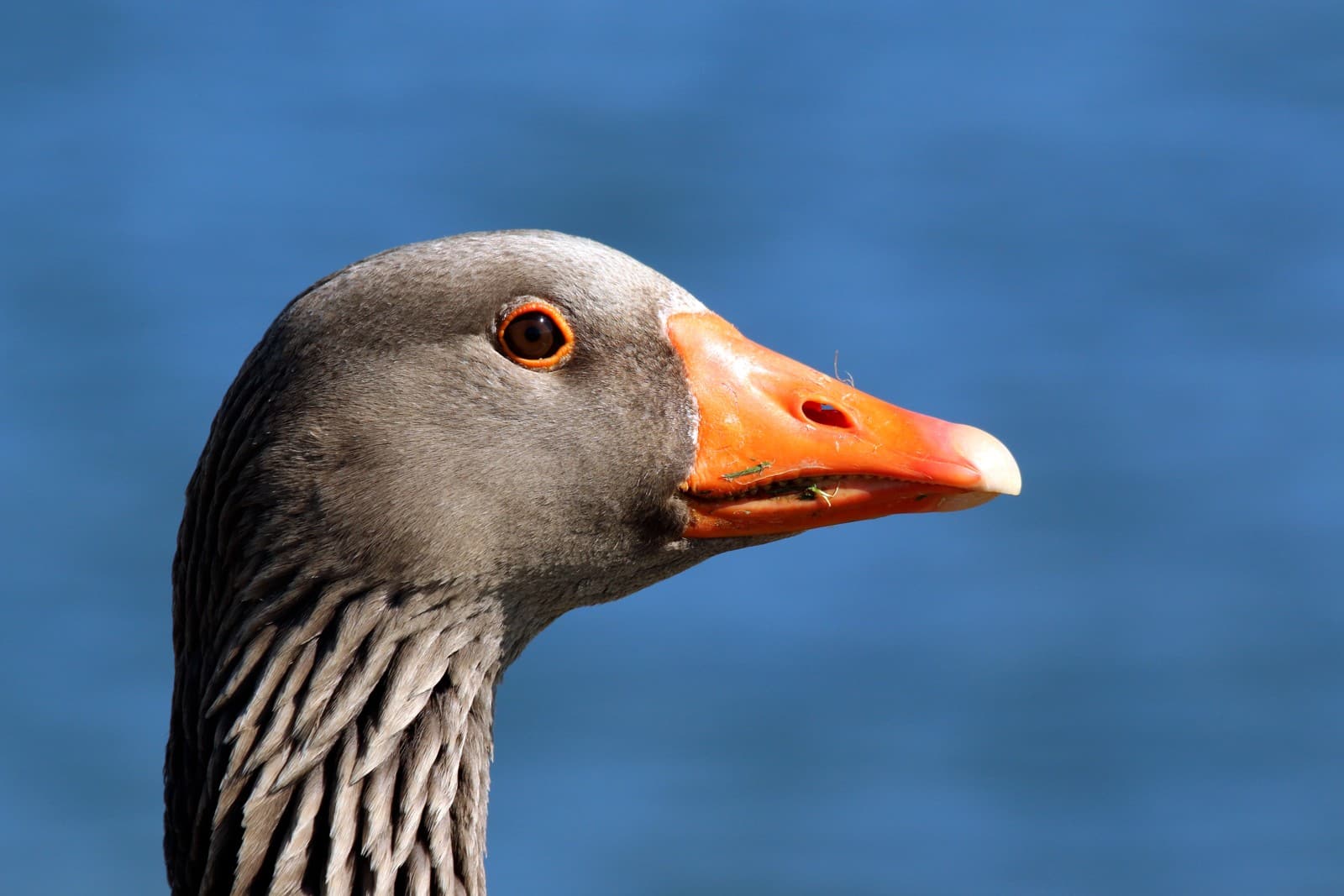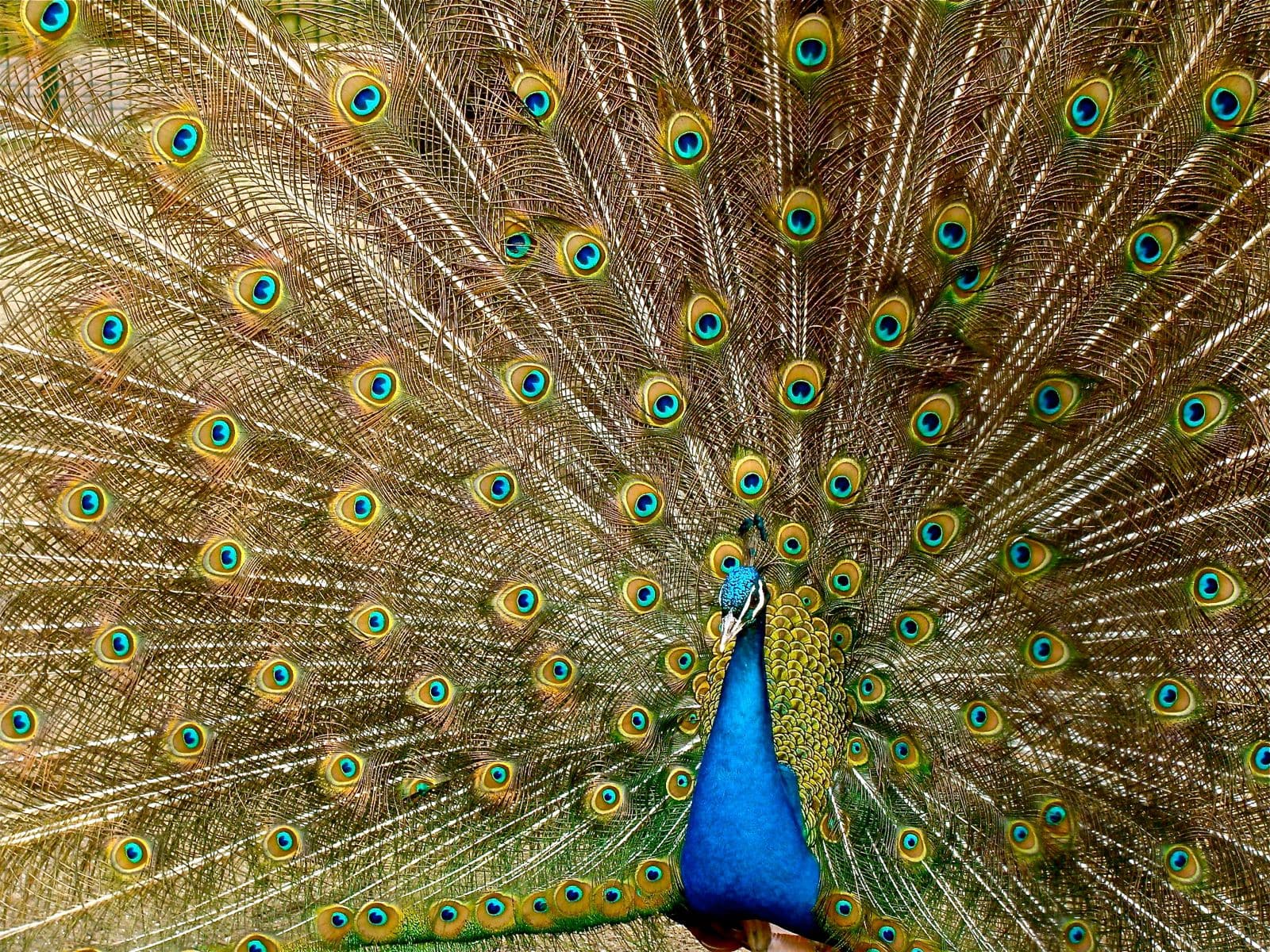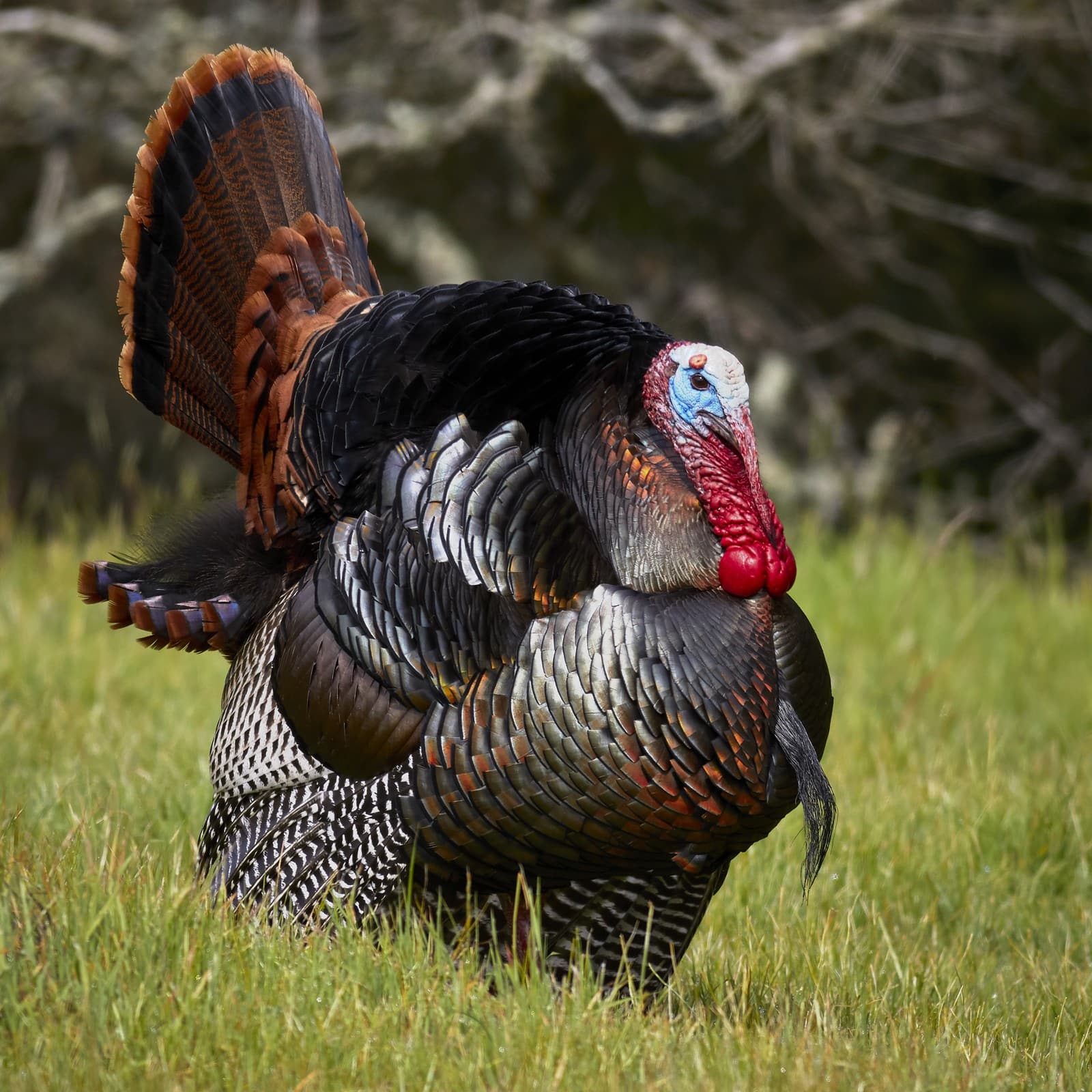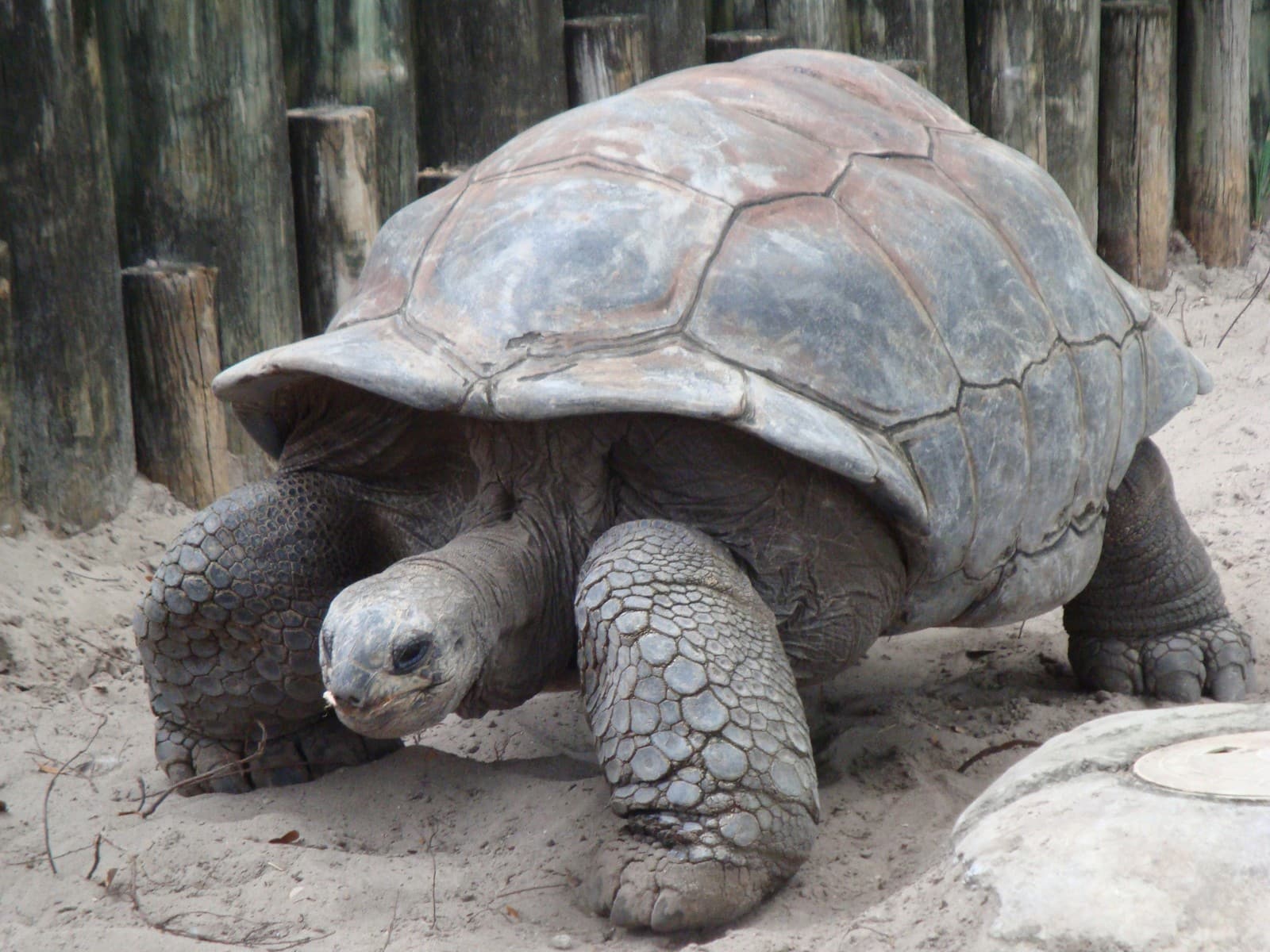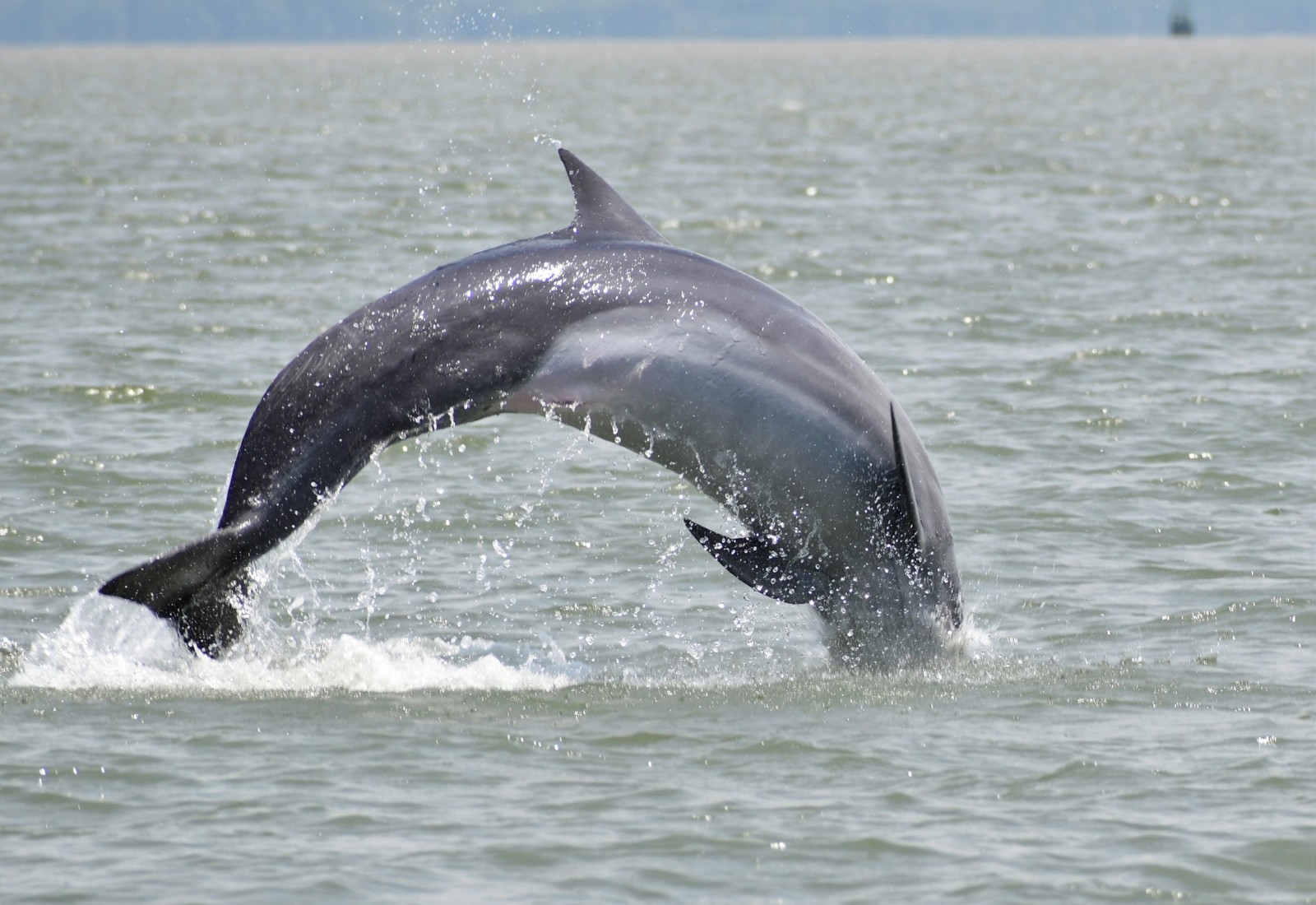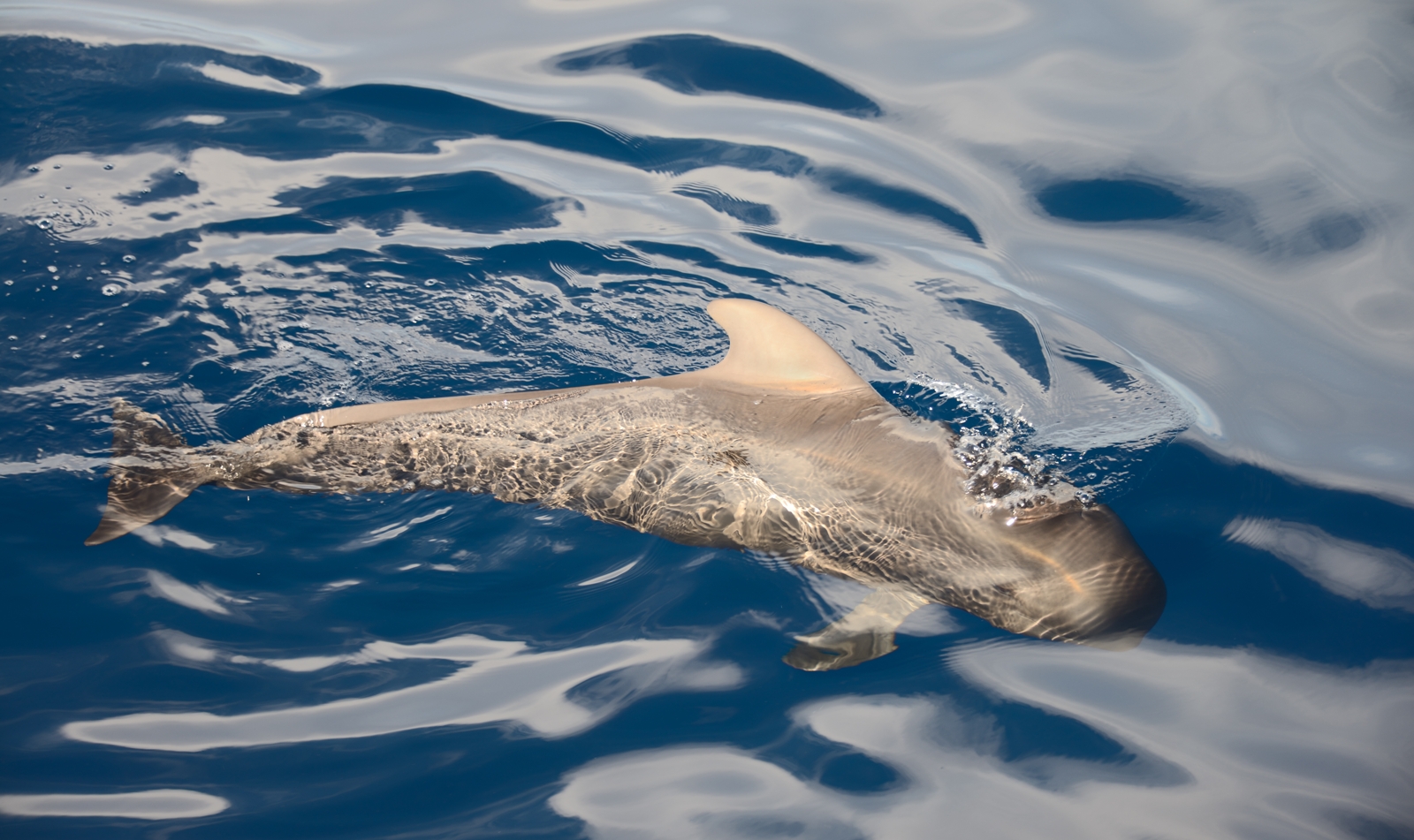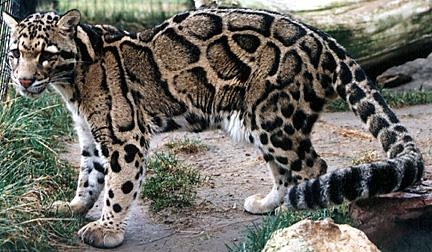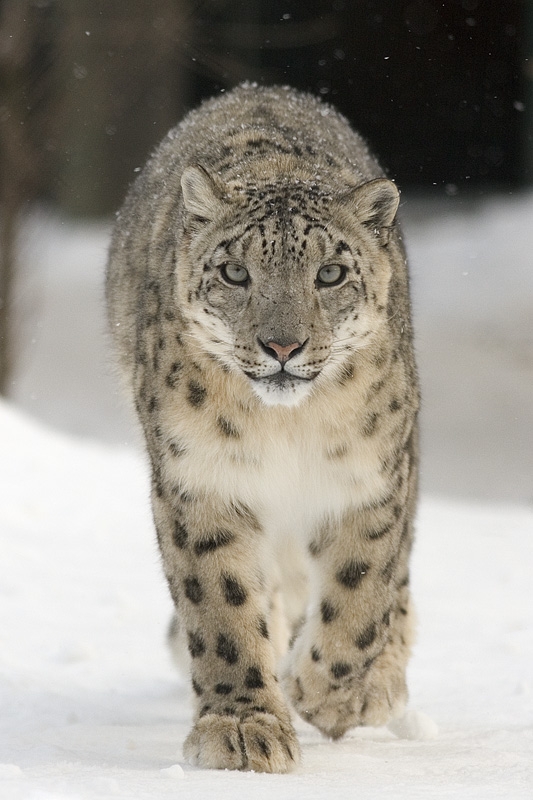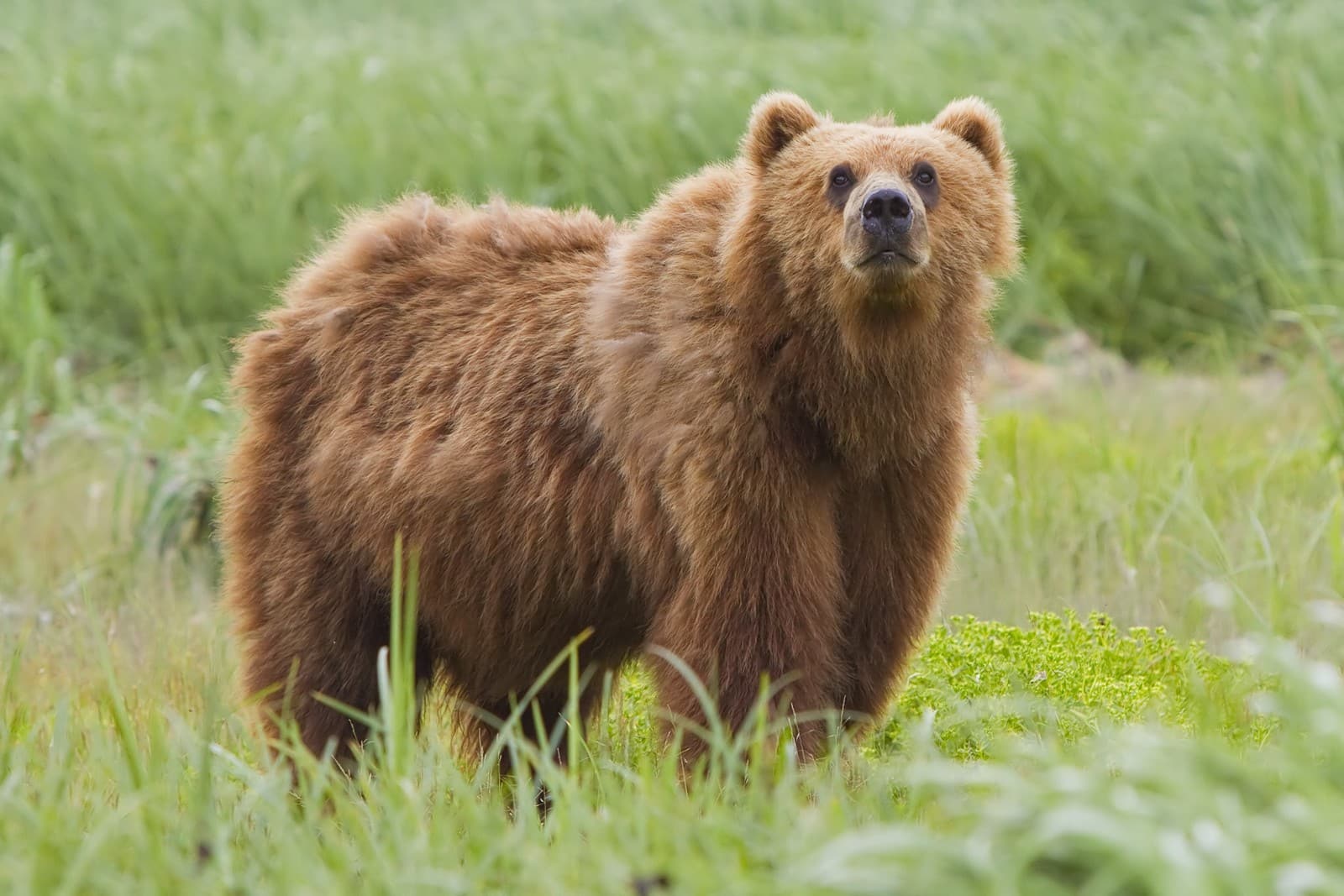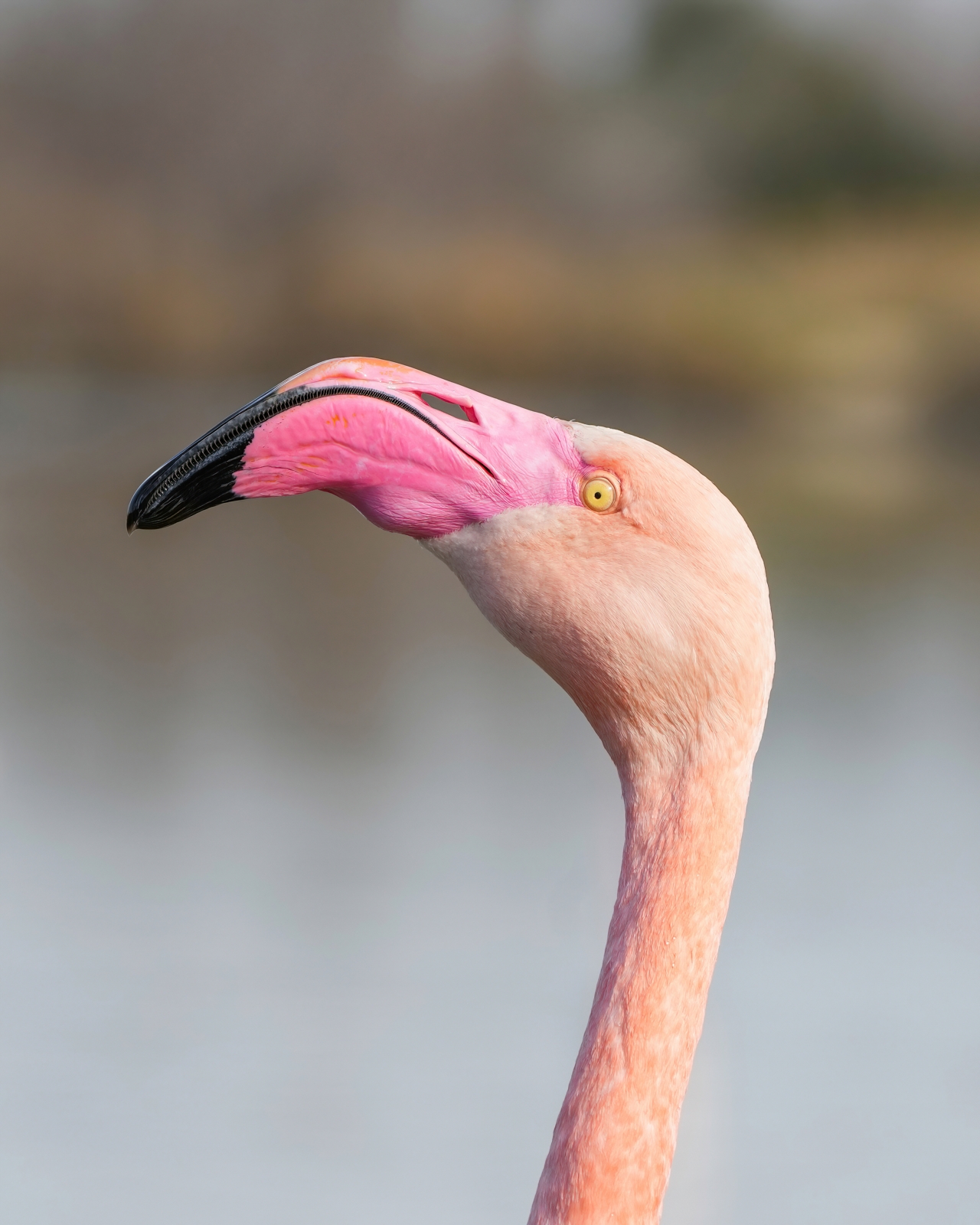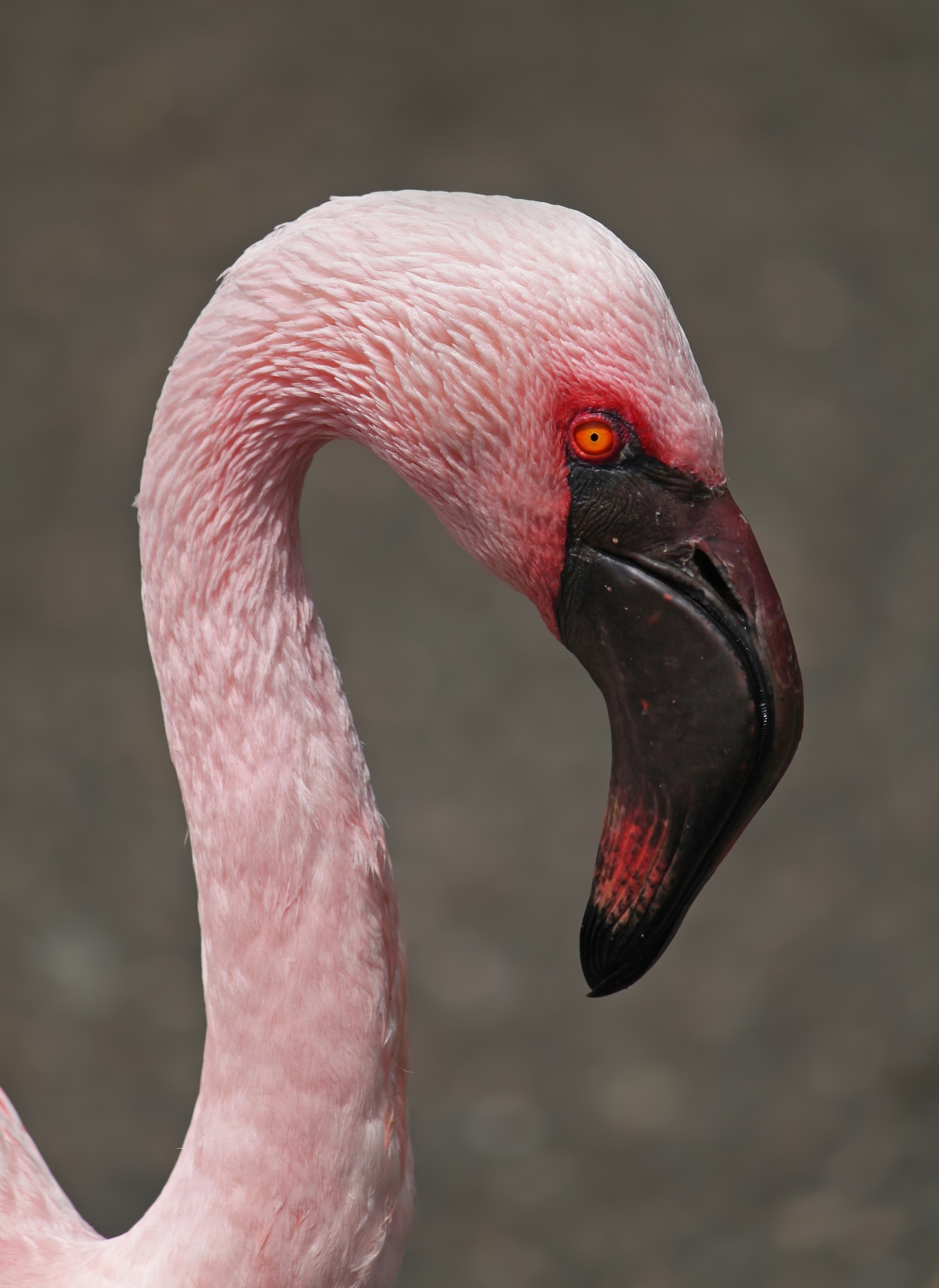Goose vs Turkey: A Complete Comparison
When comparing goose vs turkey, these two large birds exhibit distinct characteristics that set them apart in the avian world. While domestic geese typically weigh 10-22 pounds (4.5-10 kg), wild turkeys are generally heavier, with adult males reaching up to 24 pounds (11 kg). Beyond size, these birds differ significantly in their habitat preferences, behavior, and evolutionary adaptations.
The most striking difference between geese and turkeys lies in their natural environments and locomotion. Geese are waterfowl with webbed feet perfectly adapted for swimming, while turkeys are ground-dwelling birds that prefer woodland edges and open fields. This fundamental distinction influences everything from their diet to their survival strategies.
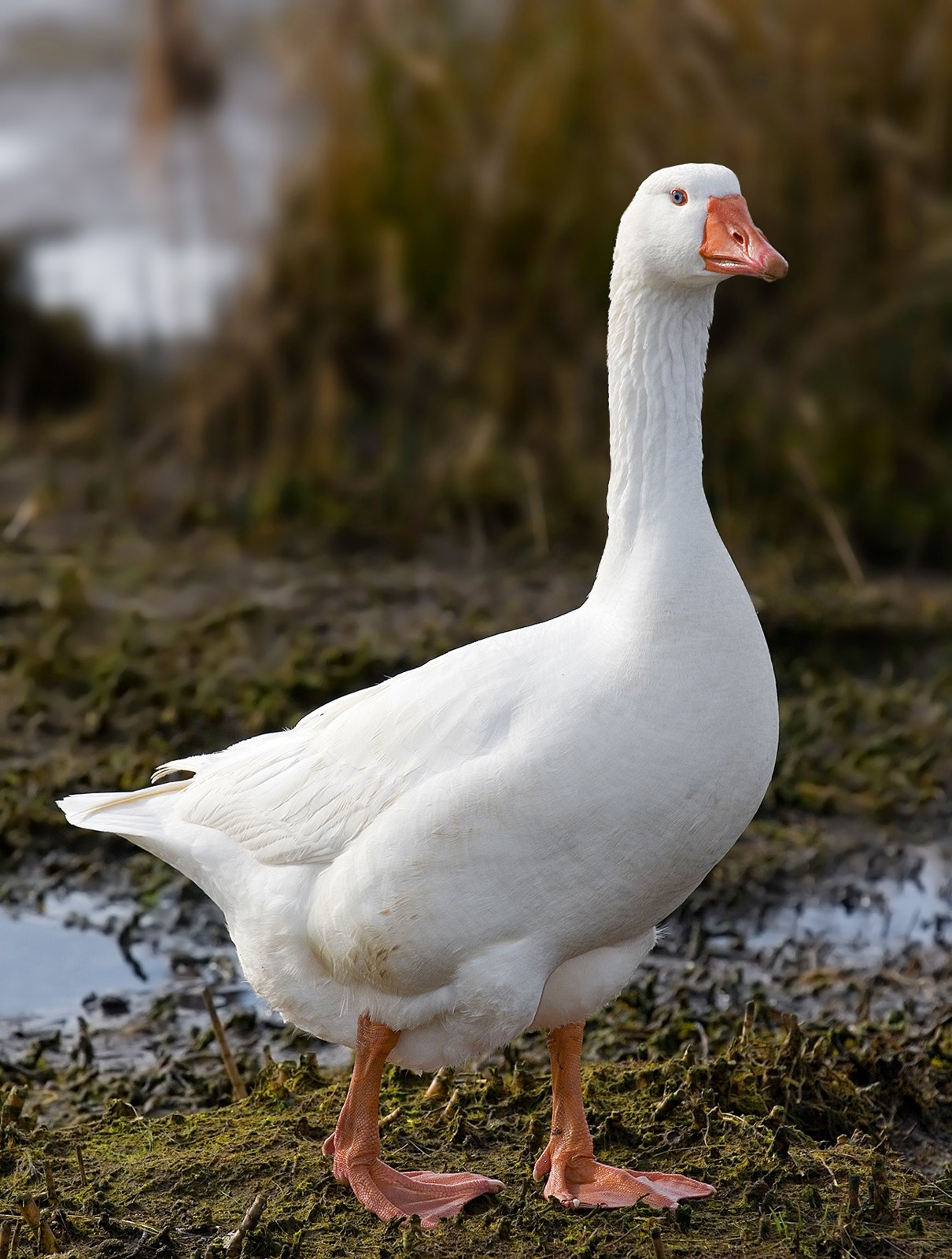
© JJ Harrison / CC BY-SA 3.0
The domestic goose showcases the classic waterfowl characteristics that distinguish it from turkeys: a long, graceful neck, streamlined body, and webbed feet adapted for aquatic life. These features enable efficient swimming and diving capabilities that turkeys lack entirely.
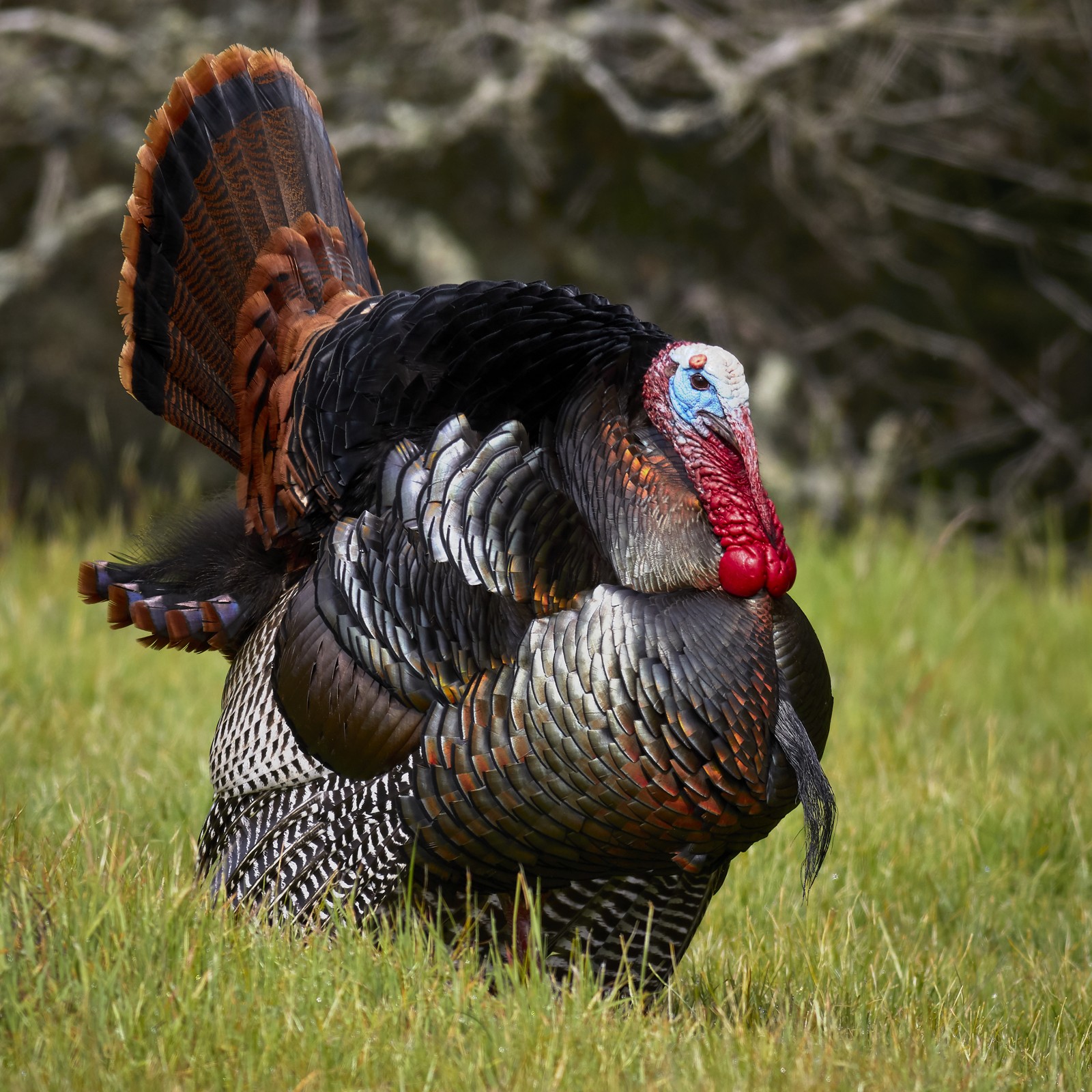
© Frank Schulenburg / CC BY-SA 4.0
The wild turkey exhibits its distinctive terrestrial adaptations, including powerful legs for running and scratching, and ornate plumage used in courtship displays. Unlike geese, turkeys possess specialized features like the snood and wattle, which play crucial roles in breeding behavior.
Key Differences: Goose vs Turkey
| Feature | Goose | Turkey |
|---|---|---|
| Average Weight | 10-22 lbs (4.5-10 kg) | 16-24 lbs (7-11 kg) |
| Habitat | Wetlands, lakes, grasslands | Woodlands, fields, forest edges |
| Locomotion | Swimming, walking, flying | Walking, running, limited flying |
| Diet | Grass, aquatic plants, grains | Seeds, insects, berries, nuts |
| Lifespan | 20-25 years | 3-5 years (wild), 10 years (domestic) |
| Social Structure | Highly social, forms lifelong pairs | Semi-social, seasonal flocking |
Habitat and Behavior
Geese are primarily waterfowl, spending much of their time in or near water bodies. Their webbed feet and waterproof feathers allow them to navigate aquatic environments efficiently. They’re known for their distinctive V-formation flights during migration, which can cover thousands of miles.
Turkeys, conversely, are terrestrial birds that rarely venture near water except to drink. They’re excellent runners, capable of speeds up to 25 mph (40 km/h), and prefer to escape danger on foot rather than by flying. Unlike geese, turkeys roost in trees at night for protection from predators.
Diet and Feeding Habits
The dietary preferences of these birds reflect their distinct evolutionary paths. Geese are primarily herbivorous, feeding on:
- Aquatic vegetation
- Grass and crops
- Seeds and grains
- Small aquatic invertebrates
Turkeys maintain a more varied diet including:
- Acorns and nuts
- Insects and small invertebrates
- Berries and fruits
- Seeds and plant matter
Breeding and Reproduction
Geese form monogamous pairs that often last for life, with both parents actively participating in raising offspring. They typically lay 4-6 eggs per clutch, and goslings can swim within 24 hours of hatching.
Turkey breeding behavior differs significantly. Males (toms) mate with multiple females (hens), who solely care for the young. Hens lay 10-12 eggs per clutch, and poults must develop strong running abilities quickly as they cannot swim.
Conservation Status
Wild geese and turkeys face different conservation challenges. While many goose species maintain stable populations due to protected wetlands and successful conservation efforts, wild turkeys have experienced a remarkable recovery from near extinction in the early 20th century through successful reintroduction programs.
Who Would Win in a Confrontation?
In a defensive encounter, both birds possess formidable attributes. Geese are known for their aggressive territorial defense and powerful wings that can deliver significant blows. However, adult turkeys generally have a size advantage and stronger legs equipped with sharp spurs. While such confrontations rarely occur naturally due to different habitat preferences, a turkey’s superior weight and fighting adaptations would likely give it an advantage in a theoretical encounter.
